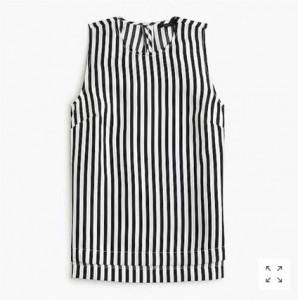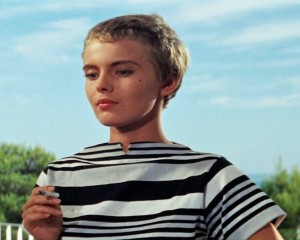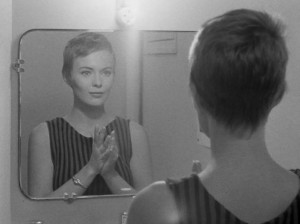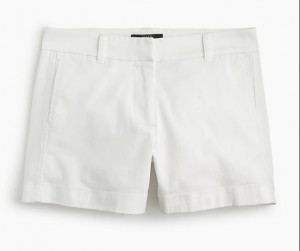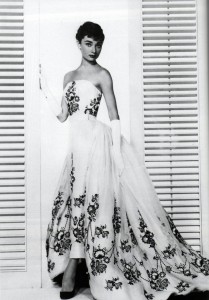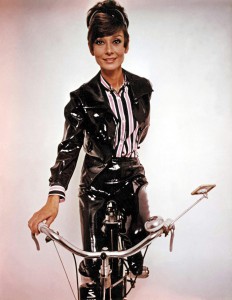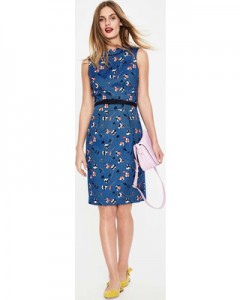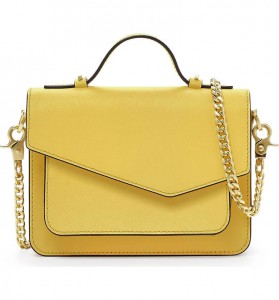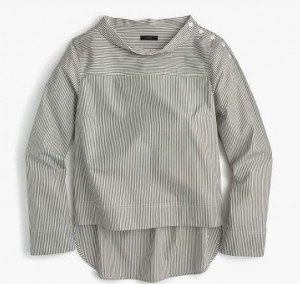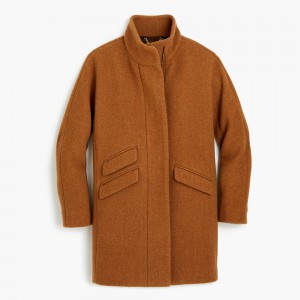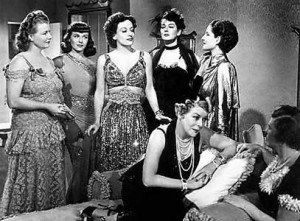In recent months, I’ve felt myself become disillusioned with the Sci\ART system, at least as it is practiced today. There are a couple of reasons for this.
1. My issues with the two main schools of thought.
The two branches of Sci\ART that are the most widespread, with the most analysts, are True Colour International and 12 Blueprints. I have issues with both, although these issues are different. I wrote about it before, but I simply don’t like the results True Colour gets. They drape a lot of Softs, and I think that the look they go for is flattening and graying. They make a lot of fuss about redraping former 12 Blueprints analysts and clients, and I don’t see an improvement. I don’t look at a TCI client and go, “Wow, this woman looks fabulous.” I see someone who now blends into the background.
I tend to prefer the way 12 Blueprints/Your Natural Design clients look, but the intertwining of this branch of analysts and the Best Dressed Kibbe knockoff system means that I can’t support them, either. My feelings on this subject are well known, but suffice to say, there are so many 12BP analysts that are now offering typing in this system that I feel I can no longer endorse it. I take Kibbe’s legacy very seriously; his system totally upends conventional wisdom and is so honoring of individual beauty, and he is such a wonderful and generous person to boot. The Best Dressed system undoes what it great about Kibbe.
2. The palettes feel limiting.
Despite the fact that Zyla gives you a limited color palette, many people who come from Sci\ART still feel liberated when they get their color palette. He gives people colors that are great for them, but may fall into various Sci\ART seasons. Sci\ART palettes can begin to feel a little confining, in my opinion. You need to hit all three markers of hue, chroma, and value, and then soemtimes it feels like your season is a compromise, which I will explain in a bit.
The wrong way to solve the latter problem, in my opinion, is to further limit your palette and make it more specific, like the systems do that have 16 or more seasons. I find that they are often redundant, further limiting your Sci\ART palette over adding new options. In recent months, I have actually begun to favor a four-season approach, which would have shocked me of a couple of a years ago. I’ve been using my T3 palette from DYT, actually.
After reading Tina’s blog post on her House of Colour experience, I feel like I’ve found my solution. House of Colour drapes you into one of four seasons, and then further refines it into a subseason, but you can use all of the colors of the main season–the subseason just has your bests.
On the Kettlewell (which I think is close to House of Colour), I found a blog post that has a Vibrant Autumn, which I think best describes me. I put myself into Dark Autumn from Sci\ART because it’s the brightest Autumn, and less because it’s the darkest. The coolest colors in DA are not my best, for sure. I stock my wardrobe with colors that are bright, but still have that muted/dirty autumnal quality.
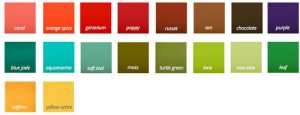
(source)
These are the kind of colors you’ll mainly find in my wardrobe, and the ones I get compliments on. From the descriptions on the site, it sounds like I could be their Soft Autumn (which is far less Soft than a Sci\ART Soft Autumn), since people frequently think I’m a Summer until they see how much cool colors drain me, but I think these colors are truly the best from the Autumn family for me. The Dark/Blue Autumn in Kettlewell and House of Colour is very cool, to my eye–I know we have had some people in the Dark Autumn group on Facebook who come from this methodology, and the colors they can wear are far cooler.
As I write this, I realize that the approach is very similar to what Kibbe does. He has one palette for each of the four seasons, but then the way you use the palette varies. So like with style in general, maybe once again it is Kibbe who holds the key to what works for me.
Have you looked at House of Colour at all? What do you think about what is basically a four-season approach versus Sci\ART?
